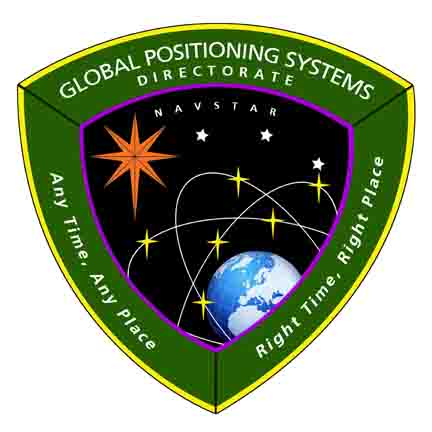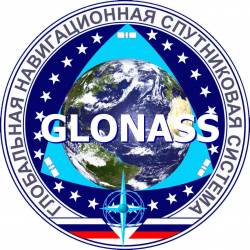There is nothing wrong with provocative, even disruptive, speech or ideas. Turning the world upside down every now and then can shake loose useful innovation along with the shopping lists and pocket change.
But U.S. Secretary of Defense Ashton Carter’s recently revealed comments on GPS (see 360 Degrees article) seem more in the category of “Loose lips sink ships.”
There is nothing wrong with provocative, even disruptive, speech or ideas. Turning the world upside down every now and then can shake loose useful innovation along with the shopping lists and pocket change.
But U.S. Secretary of Defense Ashton Carter’s recently revealed comments on GPS (see 360 Degrees article) seem more in the category of “Loose lips sink ships.”
Why? Because in addition to some questionable ideas about the prospects and limits of technologies, they could well undercut U.S. leadership in the realm of positioning, navigation, and timing (PNT) and the industries and GNSS users who depend on it.
Carter is bullish on inertial technology, especially in the form of microelectromechanical systems (MEMS). And in that regard, he is in the middle of a very large pack of enthusiasts, including many Inside GNSS authors who have demonstrated the complementary utility of integrated techniques that blend absolute (GNSS) with relative (inertial) positioning. Indeed, after GNSS itself, inertial technology is far and away the most discussed topic in our magazine.
But Carter’s comments regarding these technologies in various forums — that he “hates GPS,” that we won’t be launching GPS satellites in 20 years, that inertial MEMS technology can provide years-long, perhaps lifetime positioning accuracy — could easily slip beyond bullish to bull-headed.
As the leader of a user community that is often frustrated with the gap between military GPS equipment and its consumer counterparts, Carter’s doubts are understandable. And he has a sizable budget with competing demands to oversee as well. But better contract management is probably a more useful approach to addressing the expense and user segment issues of GPS than trash-talking the technology.
Now, no one should question the intelligence, even brilliance, of the defense secretary. He holds undergraduate and doctoral degrees from Yale and Oxford, summa cum laude and Phi Beta Kappa at the former and Rhodes Scholar at the latter.
But Carter’s focus was on theoretical physics with a special interest in subatomic particles. As elusive as the quark and Higgs-Boson were to pin down, however, producing MEMS inertial measurement units (IMUs) that provide a universal solution to PNT requirements seems even more slippery. After all, the applications of GPS itself were once said to be “limited only by our imaginations,” when, in fact, mountains, buildings, RF interference, and other factors limit its use, too.
So, the idea of an IMU-MEMS with a zero drift rate and a perfectly stable crystal oscillator sounds a little like the 21st century version of the perpetual motion machine. But I leave that question to the scientists and experts in both the GNSS and inertial worlds.
What I can speculate about more confidently is the possible consequences of such sentiments expressed by the leader of the federal agency responsible for sustaining and modernizing the Global Positioning System.
As the July 8 outage at the New York Stock Exchange and Greece’s struggles within the Eurozone remind us, disruption retains many of its negative connotations. If the defense secretary sells GPS short, he could inadvertently cause the world’s product designers and system integrators to innovate away from it. He could raise doubts in the minds of manufacturers and end users about the wisdom of investing in GPS/GNSS innovation or incorporating it into their systems and devices.
Some of these enterprises and markets have very long planning timelines, including the design cycles for cars, ships, trains, and planes. It’s taken more than 20 years for civil aviation to adopt GNSS technology and has yet to realize its full benefits. The Federal Aviation Administration’s long-range NextGen initiative is built around satellite-based navigation and communication.
Meanwhile, other GNSS system providers will definitely be there to pick up the slack. Russia, China, and Europe are just getting their programs into high gear with no sign of an endpoint for their operation.
Having set what many in Carter’s agency call the “Gold Standard of PNT,” it would be a shame to see a “Defexit” from GPS.





